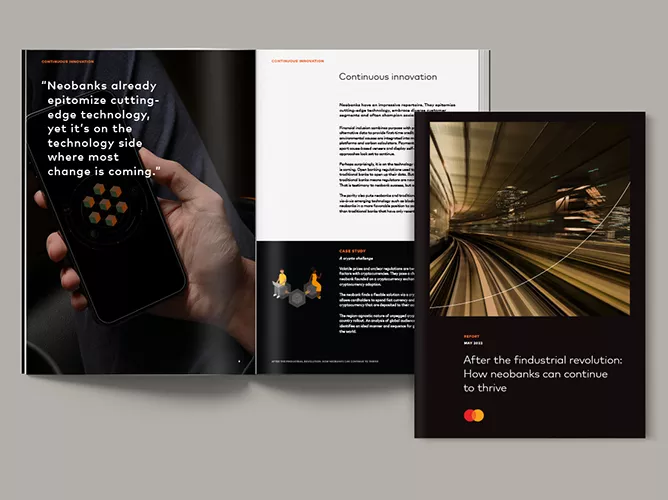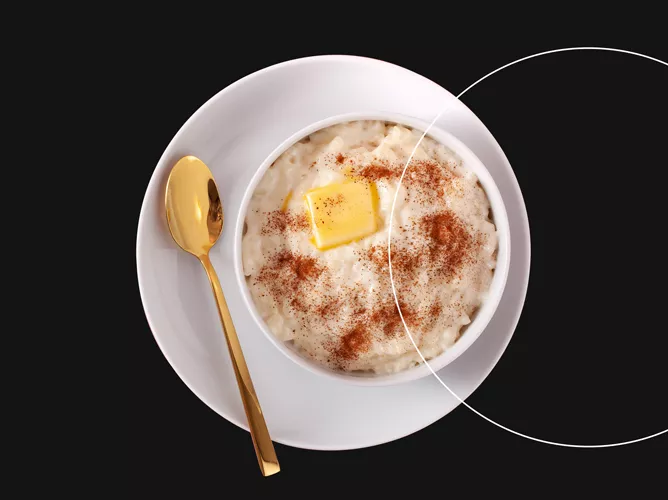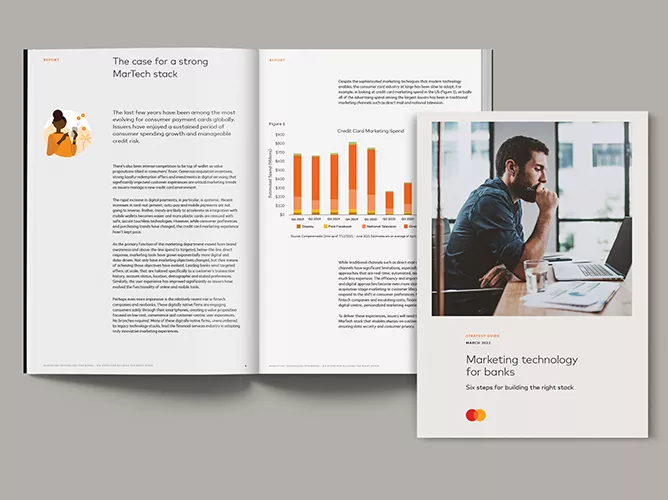By Adam Granoff, Senior Vice President, Digital Payments
Maximizing online sales is more important now than ever. But, for various reasons, many customers unfortunately don’t make it through the checkout process and convert into a sale.
Two solutions are addressing this challenge for ecommerce. Click to Pay powers a safer and faster online checkout experience. Meanwhile, dynamic Mastercard tokens in place of static card numbers provide more security to consumers by making them less vulnerable to fraud. In addition, these technologies increase approval rates, which means cardholders have a better experience on retailers’ sites.
Making the Holidays Click
Click to Pay launched in late 2019 and is growing rapidly because of the digital growth accompanying the pandemic and the need for merchants and consumers to have easier and safer payment options. With contactless payments appealing to customers’ evolving in-store shopping habits, Click to Pay is similarly appealing to evolving online shopping habits—just with online clicks instead of in-store taps.
This year’s protracted holiday season on the back of major cyber promotions means ecommerce’s 14% share of overall US retail sales in 2019 is expected to surpass 20% in 2020, according to Mastercard Spending Pulse.1 But that continued growth in share comes with caveats. An increased share doesn’t necessarily mean increased sales. And, although paying online should be as seamless and secure as paying in store, 21% of US consumers abandon their online shopping carts because of long or complicated checkout processes, according to the Baymard Institute.
Adding to the challenges, US card-not-present fraud was 4x higher than point-of-sale fraud in 2019.2 With Mastercard Click to Pay, there is a combination of key security technologies that can stop 99% of automated fraudulent attacks and increase approvals 1–2%, making online shopping easier and safer.3
Capturing additional spend this holiday season will require making the online purchase process as smooth and secure as possible. The time taken to complete multiple fields, often re-enter information and authenticate a purchase can cause consumers to lose patience. Any wasted time between deciding on a purchase and completing a transaction can cause consumers to reconsider or lead them to shop elsewhere. And when shopping across multiple devices, the cross-channel experience can be inconsistent and enraging rather than what it should be—engaging.
Enter Click to Pay. It obviates the need for static passwords and provides a consistent checkout experience across devices, browsers and retailers without requiring the consumer to reenter information. It’s been live for a little over a year in the US and is supported by more than 10,000 retailers, including Saks Fifth Avenue, Barnes & Noble, Expedia Group and Fresh Direct.4
Built on EMV Secure Remote Commerce specifications, Click to Pay enables support for network tokenization, which helps increase approval rates and is a technology that retailers can also use with credentials on file.
Not Just a Token Holiday Gesture
For retailers and issuers, the acronym CoF stands for “credentials on file,” but for many consumers, it may as well stand for “concern over fraud.” Roughly three-quarters of US consumers are concerned about someone stealing their credentials if they store them on file with a retailer, according to Mastercard research.
No wonder guest checkout options thrive despite the convenience of using credentials on file. However, that same Mastercard research also shows that 81% of US consumers have saved their credentials on file with merchants they trust and frequent online.
Security for consumers using CoF comes from Mastercard tokenization. The consumer credentials that retailers hold on file are converted into tokens that protect the underlying card number in the event of a breach. Tokenization also allows ecommerce transactions to continue uninterrupted even if the consumer’s physical card is lost or stolen and reissued.
In addition, tokens also provide added security and trust to issuing banks. So, tokens also benefit from higher approval rates, which means better consumer experiences and more sales. As a result of issuers’ efforts to tokenize their cards, over 94% of US Mastercard consumer ecommerce spend is made on cards that can be tokenized. And tokenized transactions are seeing a 2% average increase in approval rates versus those without the added security of tokenization.
Two Sides of the Same Token
Click to Pay and tokenized CoF complement each other as solutions to cumbersome guest checkouts and as ways to improve the returning guest experience. Retailers should ideally offer both technologies to provide a better experience to new and infrequent customers with Click to Pay, and to improve the security and buying experiences of existing customers with COF tokenization.
Whether retailers support one technology or both, Click to Pay and CoF tokenization support an important objective: making all consumers feel more welcome. And that’s a gesture that could go a long way this holiday season.
1 Mastercard SpendingPulse™ reports on national retail sales across all payment types in select markets around the world. The findings are based on aggregate sales activity in the Mastercard payments network, coupled with survey-based estimates for certain other payment forms, such as cash and check. As such, SpendingPulse™ insights do not in any way contain, reflect or relate to actual Mastercard operational or financial performance, or specific payment-card-issuer data.
2 Mastercard data from October 2018 through October 2019, across all card types.
3 Key security technologies include NuDetect (Solution & Use-Case Overview, November 2020), Mastercard Digital Enablement Services tokenization, and API controls.
4 Mastercard launched Click to Pay in the US in October 2019, and today Click to Pay is live in the UK and New Zealand. Consumers can now check out online with select merchants wherever Mastercard is accepted.
2 Mastercard data from October 2018 through October 2019, across all card types.
3 Key security technologies include NuDetect (Solution & Use-Case Overview, November 2020), Mastercard Digital Enablement Services tokenization, and API controls.
4 Mastercard launched Click to Pay in the US in October 2019, and today Click to Pay is live in the UK and New Zealand. Consumers can now check out online with select merchants wherever Mastercard is accepted.













